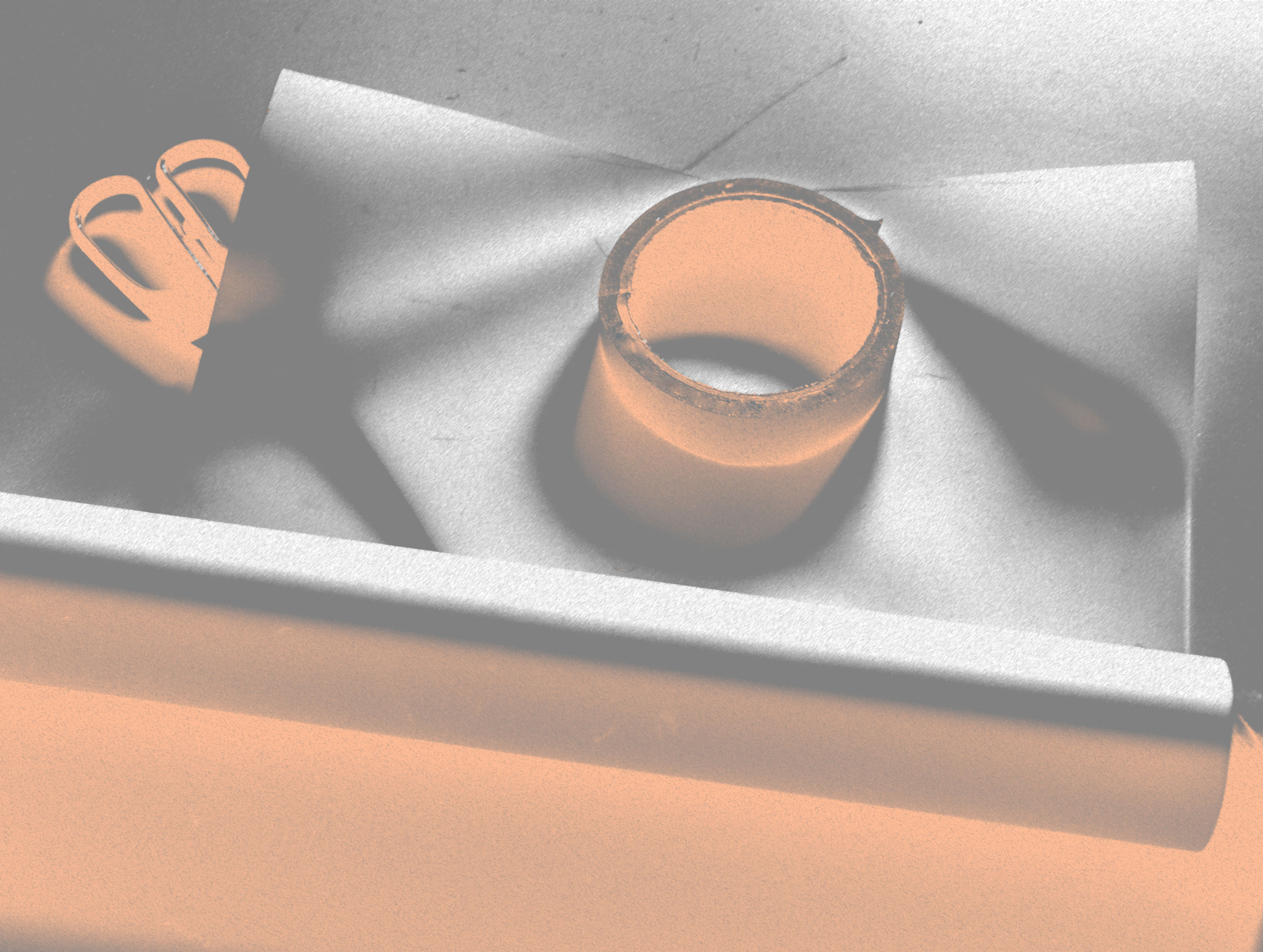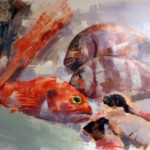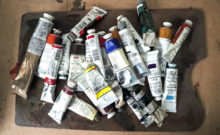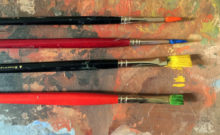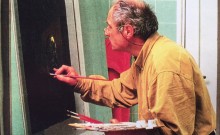I confess (and I know I’m not alone in this) that I profess a kind of fetishism for traditional artist materials. For example, I enjoy the feelings I get with drawing papers with their different textures and shades of white; I love sharpening a good pencil with a blade or sliding the natural fibers of a brush over a good quality linen. I am seduced by the texture of oil paint and by the smell of turpentine. That’s why I had to overcome my initial prejudices when I first heard about Mylar
Mylar features for artists
Mylar is the generic trade name of a plastic patented by Dupont company. This polyethylene (PET) polyester film has different applications in the industry and the graphic arts.

Within the artistic field one of the best known brands is Duralar manufactured by the company Grafix in different finishes and thicknesses.
Matt Duralar has been specially treated so that it accepts well drawing and painting media.
For some time now, a number of artists have been using Mylar as a support for their artistic production as it offers some interesting advantages:
- Acid free and archival: Mylar is a very stable and durable support that remains flat and does not yellow or lose shape.
- The surface treatment of Duralar makes it especially suitable for drawing media; be it graphite, charcoal, colored pencils or Conté crayons.
- The chemical resistance of Mylar makes it suitable for using media such as oil, turpentine or water and their combinations with drawing and oil paint allowing the artists to expand the expressiveness and creativity of their works.
- Mylar is light and easy to transport, simply kept in a folder or rolled up, you can use it for painting in the studio or for painting outdoors.
- Being semi-transparent, Mylar can be used over a photo image to transfer the image or reference points.
- Thanks to its transparency it can be used by superimposing two or more sheets to create interesting effects in a creative way.
Use of Mylar in drawing
The feeling of drawing on the surface of Mylar is very pleasant. Of course, this is very personal but for me it is perhaps one of the most suitable surfaces to draw. It has the right grip for the pencil: neither too rough nor too smooth. You can scumble the marks and create, with the same ease, subtle or intense strokes. A very important feature is that it can be erased quite easily without affecting the surface at all.
Use of Mylar in oil painting.
You can paint directly on mylar with oil paint. The application of oil color without any medium, just as it comes out of the tube, is very easy but you can also use your medium of choice. traditional or alkid.
When thinned paint is used, for example to start sketching a painting, you will feel Mylar is less absorbent than other supports but, as soon as it dries a little bit, you will work very easily.
Unlike other substrates, mylar does not absorb the oil contained in the oil paint, avoiding the sinking-in and dead spots that are produced by the different oil absorption of the pigments into more porous substrates. This prevents also the damage of the support by absorption of oil or other media.
In the same way, it works perfectly with acrylic, including the possibility of applying a ground layer of Gesso to have an opaque starting surface. You can use both white Gesso or dyed with a base color.
To start painting you can simply tape the Duralar to a flat support that will also act as a background color. Other option is to directly glue the Mylar to a board for which a transparent conventional acrylic medium can be used.
Once the work is finished there are several possibilities for framing Duralar:
- Placed like a “sandwich” between two glasses or methacrylates
- Attached to a cardboard to the choice of the artist.
- Glued to another rigid substrate such as wood, aluminum (dibond), etc.
Mylar video demo
Some Artist working on Mylar
Sophie Jodoin.
This great Canadian artist, who deserves an extensive analysis separately, has been one of the pioneers in the use of Mylar in her drawings, made with black conté crayons and in her oil paintings.
The simplicity and subtlety of his drawings and oil paintings benefit from the neat and minimalist character of Mylar
Alex Kanevsky.
Alex Kanevsky is also one of the pioneering artists who has used Mylar as a support for some of his works. His prodigious technique by applying thin and successive layers of paint is perfectly adapted to Mylar. He uses it also in his landscape paintings when he travels for its ease of transport and its light weight.
In short I think Mylar is a very interesting support to add to our arsenal of materials for all the mentioned features. It’s best if you can try it and find out for yourself if it is a support that is adapted to your way of expressing with drawing or painting.
Links
I leave some links where you can get Mylar and other supplies I mentioned in the video demo.
Faber-Castell Pitt Oil-Based Monochrome Artist Pencil
PanPastel Artists’ Painting Pastels
Some of these links are affiliate links, which means that if you choose to make a purchase, I will earn a commission. This commission comes at no additional cost to you. If you like the content of The Art Digger, in this way you will help to maintain the quality content with the aim of sharing good Art and knowledge.
Please understand that if I make a recommendation I do it because honestly I have first hand experience and I believe that can be useful to you, not because of the small commissions I make if you decide to buy something. I don’t want you to spend your money unless you feel these recommendations will help you to grow as an artist.

